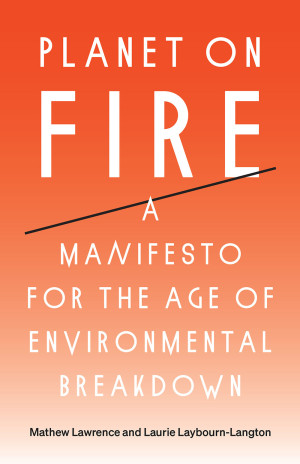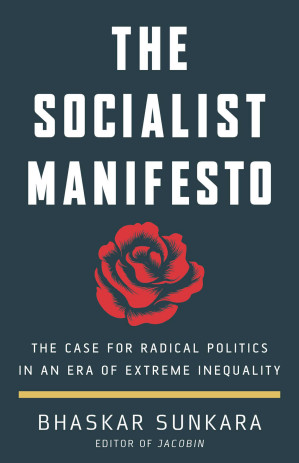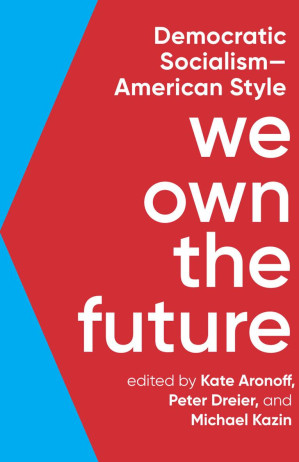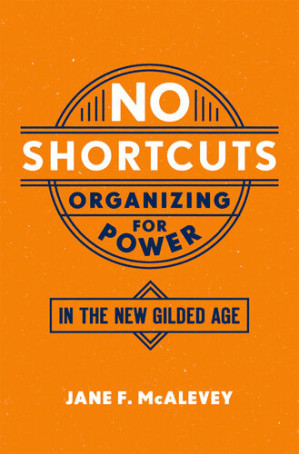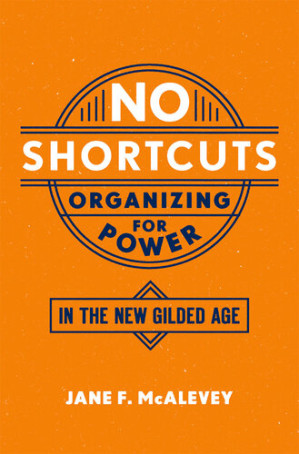Mathew Lawrence is the founder of Common Wealth, a think tank dedicated to democratic ownership and economic transformation. He has written extensively on public ownership, climate policy, and economic democracy. Laurie Laybourn-Langton is a researcher and writer focused on the intersections of climate breakdown, inequality, and democracy. Together, they bring decades of experience in policy research, organizing, and political strategy to their analysis of the climate crisis.
Both authors have been deeply involved in climate justice movements and policy development. Lawrence's work on public ownership models and Laybourn-Langton's research on climate inequality inform their integrated approach to climate justice. They write from the perspective that climate breakdown requires not just technical solutions but fundamental economic and political transformation.
